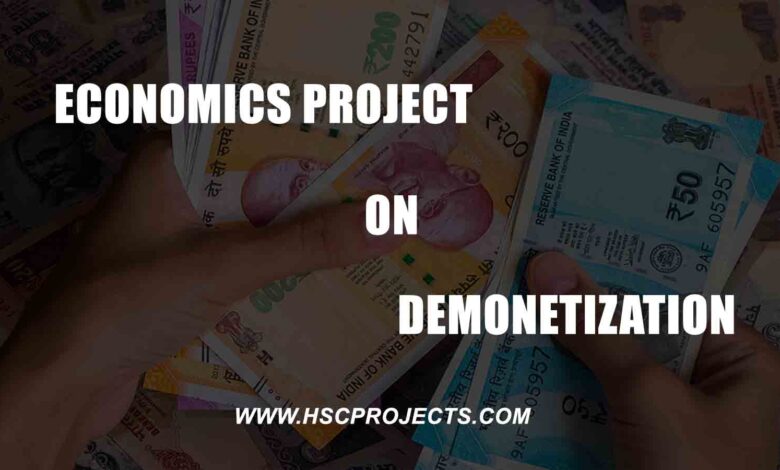
Economics Project On Demonetization – Class 12 CBSE
DEMONETIZATION:
Demonetisation is the act of stripping a currency unit of its status as legal tender. It occurs whenever there is a change of national currency: The current form of money is pulled from circulation and retired, often to be replaced with new notes and coins. Sometimes, a country completely replaces the old currency with new currency.
The opposite of demonetization is remonetization, in which a form of payment is restored as legal tender.
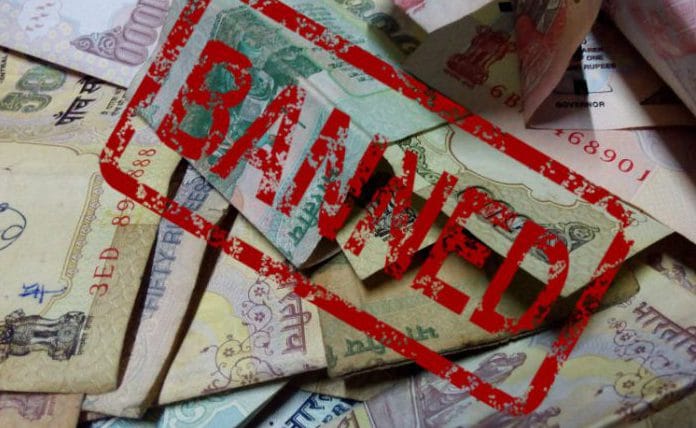
Dramatic Examples of Demonetisation:
The Coinage Act of 1873 demonetized silver as a legal tender of the United States, in favor of fully adopting the gold standard. Several coins, including two percent price, three percent price, and half dime, were discontinued. The withdrawal of silver forms the economy resulted in a contraction of the money supply, which subsequently led to a five-year economic depression throughout the country. In response to the dire situation and pressure from farmers and silver miners and refiners, the Bland-Allison Act remonetized silver as illegal.
An example of demonetization for trade purposes occurred when the nations of the European Union officially began to use the euro as their everyday currencies in 2002. When the physical euro bills and coins were introduced, the old national currencies, such as the German mark, the French franc, and the Italian lira were demonetized. However, these varied currencies remained convertible into Euros at fixed Exchange rates for a while to ensure a smooth transition.
In 2015, the Zimbabwean Government demonetized its dollar as a way to combat the country’s hyperinflation, which was recorded at 23000000. The three-month process involving expunging the Zimbabwean dollar from the country’s financial system.
India’s Demonetisation:
In 2016, the Indian Government decided to demonetize the 500 and 100 rupee notes, the two biggest demonetizations in its currency system; these notes accounted for 86% of the country’s circulating cash. With little warning, India’s Prime Minister Narendra Modi announced to the citizenry in November & that those notes were worthless, effective immediately, and they had until the end of the year to deposit or exchange them for newly introduced 2000 rupee and 500 rupee bills.
Chaos occurred in the cash-dependent economy; some 98% of fall Indian Customers (transactions are in cash).
Demonetisation Process:
The plan to demonetize the 500 and 1000 banknotes were initiated between six and ten months before it was announced and was kept confidential, with only ten people being completely aware of it. The preparations for printing the new 500 and 2000 banknotes began in early May 2016 in a meeting called by the Indian Prime Minister Narendra Modi.
Public Announcement:

On 8 November 2016, Modi announced the demonetization in an unscheduled line national televised address at 20:15 Indian standard time. Modi declared circulation of all 500 and 1000 banknotes of the Mahatma Gandhi Series as invalid effective immediately from the midnight of the same day.
Exchange of Old Notes:
The Reserve Bank of India stipulated that the demonetized notes could be deposited with banks ones fifty days until 30 December 2016. The banknotes could also be deposited with banks over the counter of all banks.
Withdrawal Limits:
Cash withdrawals from bank account were restricted to 10000 per day and 20000 per week per account from 10 to 13 November. This limit was increased to 24000 per week from 14 November 2016.
Information Leaks:
The foresight of the official announcement, a news report in the Hindi daily Dainik Jagran, is quoting the RBI sources speaking of the planned release of new 200 rupee notes alongside withdrawal of 500 and 100 rupee notes.
Words in Say…
- PM Narendra Modi spoke about currency demonetization in Goa. Here are some statements:
- I was not born to sit on a chair of high affairs. Whatever I had, my family, my home, I left it for the nation.
- Yes, I also feel the pain. These steps taken were not a display of arrogance.
- We took a key step to help the honest citizen of India defeat the menace of Black Money.
- Previous Governments neglected this, did I hide anything? We took a key step, honest citizen, to defeat the menace of black money.
- Why do we put the future of our youth at stake? Those who want to do politics are free to do so.
- This suffering is for 50 days, after cleanliness, not even a mosquito can fly. People in the 2G scam have to stand in queue for RS.4000.
- If I commit any mistake, I am ready to face any punishment the country will give me. But I promise to deliver corruption-free India.
- I know the forces up against me, they may not let me live, they may ruin me because their loot of 70 years is in trouble, but 9 I am prepared.
- The people have chosen a Government, and they expect much from it.
- In 2014, many people noted to free the nation from corruption. If any money that was looted in India and has left Indian shores, we must find out about it.
ALTERNATIVE FUNDS:
Soon after the announcement, people rushed to buy gold, a demand that drove prices up, in some cases even to a 60% premium, prompting the tax authorities to conduct surveys, according to the Business Standard newspaper. The Government emphasized the need to furnish PAN (Indian Permanent Account Number) card details on purchases for accountability purposes, and many jewelry shops that were floating the norms cause under crackdowns.
Simultaneously, rumors of a gold ban started to float, which led to agencies ramping up the volume of gold imports – to around 100 metric tons during November, the highest since 2015, the highest. Since 2015, as reported by Reuters.
Many Indians switched to alternative payment avenues – a big deal in a country of 1.2 billion with only 25.9 million credit cards and 697 million ATM cards as of July 2016. The biggest gainers were mobile wallet companies that offer ease of transactions through a large network of partners. Alibaba backed Paytm saw a sevenfold increase in overall traffic and a tenfold jump in money added to Paytm accounts. It also saw the number of transactions double to five million a day. App downloads for Paytm increased by 300%. Paytm vital MobiKwik also saw its app downloads quadruple and a twentyfold increase in money added to the wallets, MobiKwik Founder and CEO Bipin Preet Singh, told CNBC TV 18 on November 13.
Long-term Effects:
Over 3 trillion rupees, or over $44 billion in old currency, was deposited with Indian banks in just the first week after the demonetization. There was concern that the uncertainly and short-term liquidity squeeze would take some momentum off the Indian economy, the fastest growing in the world, in particular, sectors like real estate, notorious as a harbor for cash dialing and black money, were expected to take a bit, with “Luxury property prices dipping as much as 25-30% said Ashwinder Raj Singh, CEO of Residential Services, JLL India.”
Support:
The decision met with mixed initial reactions. Several bankers like Arundhati Bhattacharya (Chairperson of State Bank of India) and Chanda Kothhan appreciated the move adding that it would also accelerate e-commerce. Infosys founder NR Narayana Murthy praised the move.
The Indian National Congress spokesperson Randeep Surjewala welcomed the move but remained skeptical of the consequences that would follow. Chief Minister of Bihar Nitish Kumar supported the move. The demonetization also got support from Chief Minister of Andhra Pradesh Nara Chandrababu Naidu. Former Chief Election Commissioner of India SY Quraishi said demonetization.
Criticism:
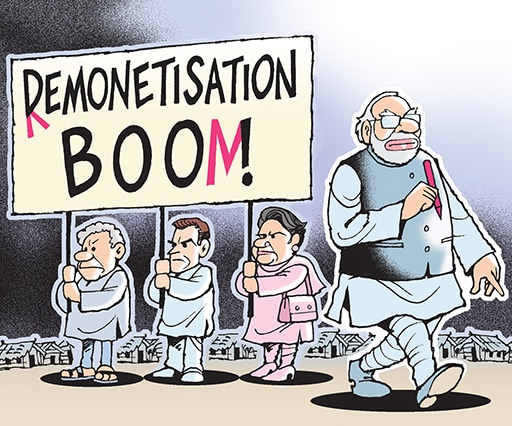
The Indian Supreme Court while hearing one among a slew of cases filed against the sudden demonetization decision in various courts, observed that it “appears to be carpet bombing and not surgical strike” which government repeatedly claims to be Nobel Laureate Indian economist Amartya Sen, severely criticized the demonetization move calling it a “Despotic Action” among other things.
Former Senior Vice-President and Chief Economist of the World Bank, Kaushik Basu called it a “Major Mistake” and said that the ‘damage’ is likely to be much greater than any possible benefits. Prabhat Patnaik, a former professor of economics at Nehru University.
Opposition:
A Congress-led opposition, which includes 13 political parties, opposed the current Government on the demonetization issue in the Winter Session of the Indian Parliament on 16 November 2016. The Chief Minister of West Bengal Mamata Banerjee also met President Pranab Mukherjee to oppose demonetization. The debate a demonetization is known to be initiated by Indian National Congress.
On 16 November 2016, Banerjee led a rainbow delegation comprising political parties of Trinamool Congress, Aam Aadmi Party, BJP Ally Shiv Seva, Patidar Anwar Andolan Samiti and National Congress, Aam Aadmi Party, BJP Ally Rashtrapati Bhawan to protest against the decision to withdraw the rs.500 and Rs.1000 banknotes and majority is in the form of physical assets like gold, land, and building, demonetization of the rupee 500 and 1000 notes might take out a lot of black money from the economy.
On Inflation:
The Reserve Bank of India (RBI) considers the wholesale price index (WPI) and the consumer price India (CPI) to measure inflation. Demonetisation is expected to reduce inflation as consumers have cut down on spending, and aggregate demand has considerably fallen.
On Terror Funding:
Demonetisation was aimed as a clean-up of the economy where fake Indian Currency Notes (FCN) would be checked. It is aimed at rendering all fake notes of rupees 500 and 1000 useless and thus drastically affecting illegal funding of terror groups.
On Political Parties:
Many Political parties use large amounts of understanding cash to campaign for elections and meet other requirements. Due to demonetization, such acts might get restricted to an extent, and parties will have to formulate new strategies.
Towards a Digital Economy:
The absence of liquid cash has led to people making transactions using cheques or amount transfers. They have also switched to virtual wallets like Paytm, which allows electronic transfer of money.
EVASION ATTEMPTS:
Gold Purchases:
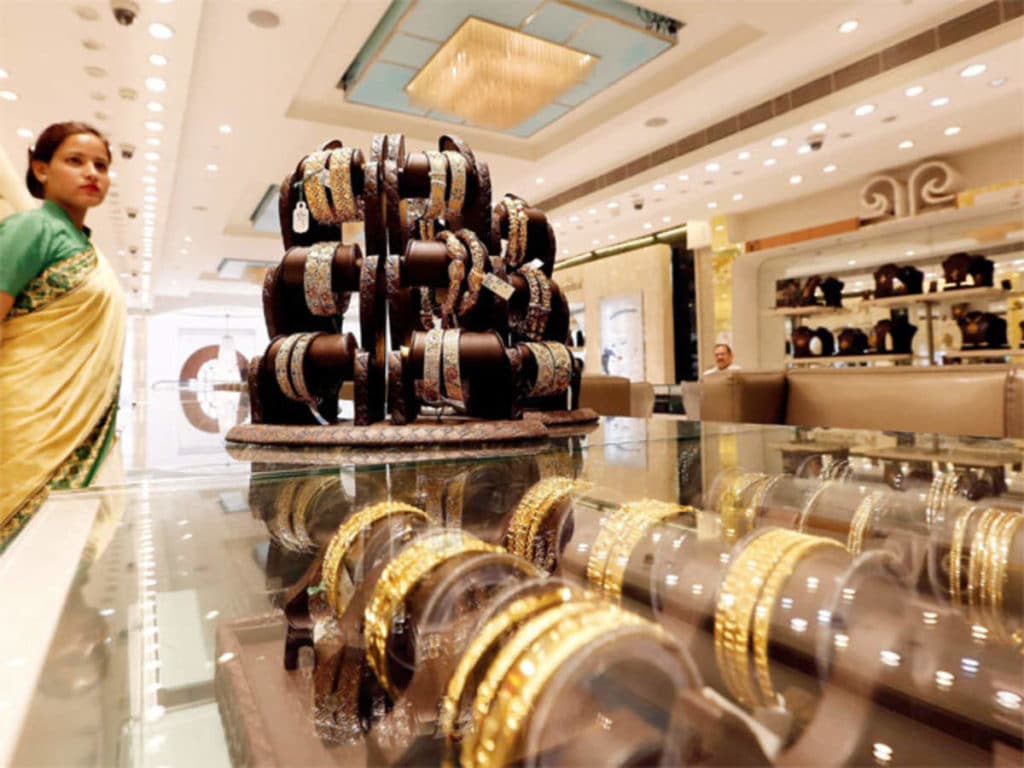
In Gujarat, Delhi, and many other major cities, sales of gold increased on 9 November, with an increased 20 to 30 percent premium surging the price as much as Rs.45000 from the ruling price of rs.31900 per 10 grams.
Donations in Temple:
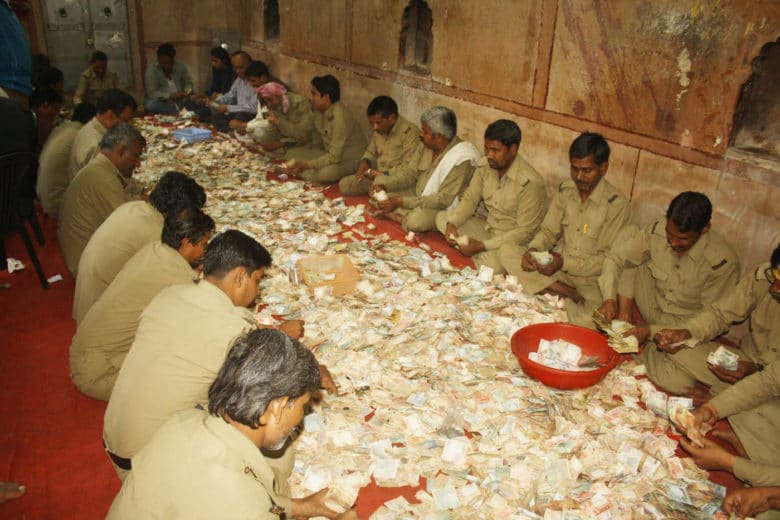
In India, the cash deposited into hundreds, or cash collection boxes in temples and gurudwaras are exempted from the inquiry by the tax department.
Multiple Bank Transactions:

There have been reports of people circumventing the restrictions imposed in exchange by conducting multiple transactions at different bank branches and also sending hired people, employees and followers in groups to exchange large amounts of banned currency at banks.
Railway Booking:

As soon as the demonetization was announced, it was observed by the Indian Railways authorities that a large number of people started booking tickets, particularly in classes 1A and 2A for the longest distance.
Backdated Accounting:
The Enforcement Directorate raided several forex establishments making backdated entries. Money laundering using backdated accounting was carried out by banks, jewelers, etc.
MY VIEWS:
Demonetisation has been praised as well as criticized various grounds. There has been a lot of opposition regarding the implementation of this policy. In the short run, there have been problems related to liquidity crunch, unemployment, loss of growth momentum, and a temporary halt to major economic activities. All this is evident from the data provided by the RBI. The long term effects of Demonetisation are yet to be ascertained. It is expected that it can improve the Indian economy in the long sum by increases tax compliance, financial inclusion, consequently improving the state of the economy.
CONCLUSION:
Economists are busy listing out many more merits and demerits of this policy. The Government is saying that there are only advantages of demonetization policy, and this will be seen in the long term. Former Prime Minister Manmohan Singh, who is a noted economist, former RBI Governor and former Finance Minister of the Country, dubs the demonetization move as an ‘organized loot and legalized plunder.’ However, if we compare the merits verses demerits, it will be safe to conclude that the former out-weigh the latter.
ACKNOWLEDGMENT:
I would like to express my special thanks of gratitude to my principal as well as our teachers who gave me the golden opportunity to do this wonderful project on the topic – Demonetisation, which also helped me in doing a lot of research and I value to know about so many new things, and I am thankful to them. Secondly, I should also like to thank my parents and friends who helped me a lot in doing this project.
CERTIFICATE:
This is to certify that _____________ of class XII of school ___________________ has completed this project under my supervision. He/She has taken proper care and shown the utmost sincerity in the completion of this project. I certify that this project is up to my expectations and as per the guidance issued by CBSE.
Teacher’s Signature,
BIBLIOGRAPHY:
- http://bsmedia.business-standard.com/media/bs/img/article/2016-11/09/full/14789233-1616.jpg
- http://www.google.co.in/search?biw=13668&bin=613&tbm=isch&sa=l&ei=WsKCW
- https://www.google.com/search?q=demonetisation&oq=demonetisatio&aqs=chrome.0.0j69i57j0l2j69i61l2.1669j0j7&sourceid=chrome&ie=UTF-8
- https://timesofindia.indiatimes.com/topic/demonetisation
DOWNLOAD PDF OF THE PROJECT
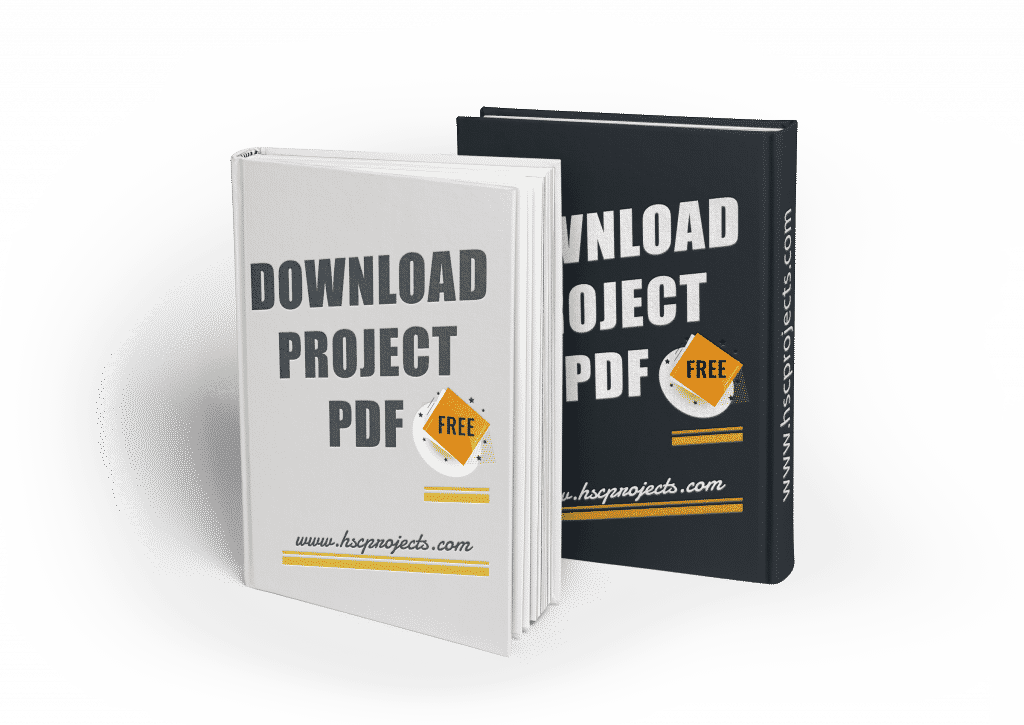
Password : hscprojects.com
In order to download the PDF, You must follow on Youtube. Once done, Click on Submit
Follow On YoutubeSubscribed? Click on Confirm
Download Economics Project On Demonetization – Class 12 CBSE PDF






